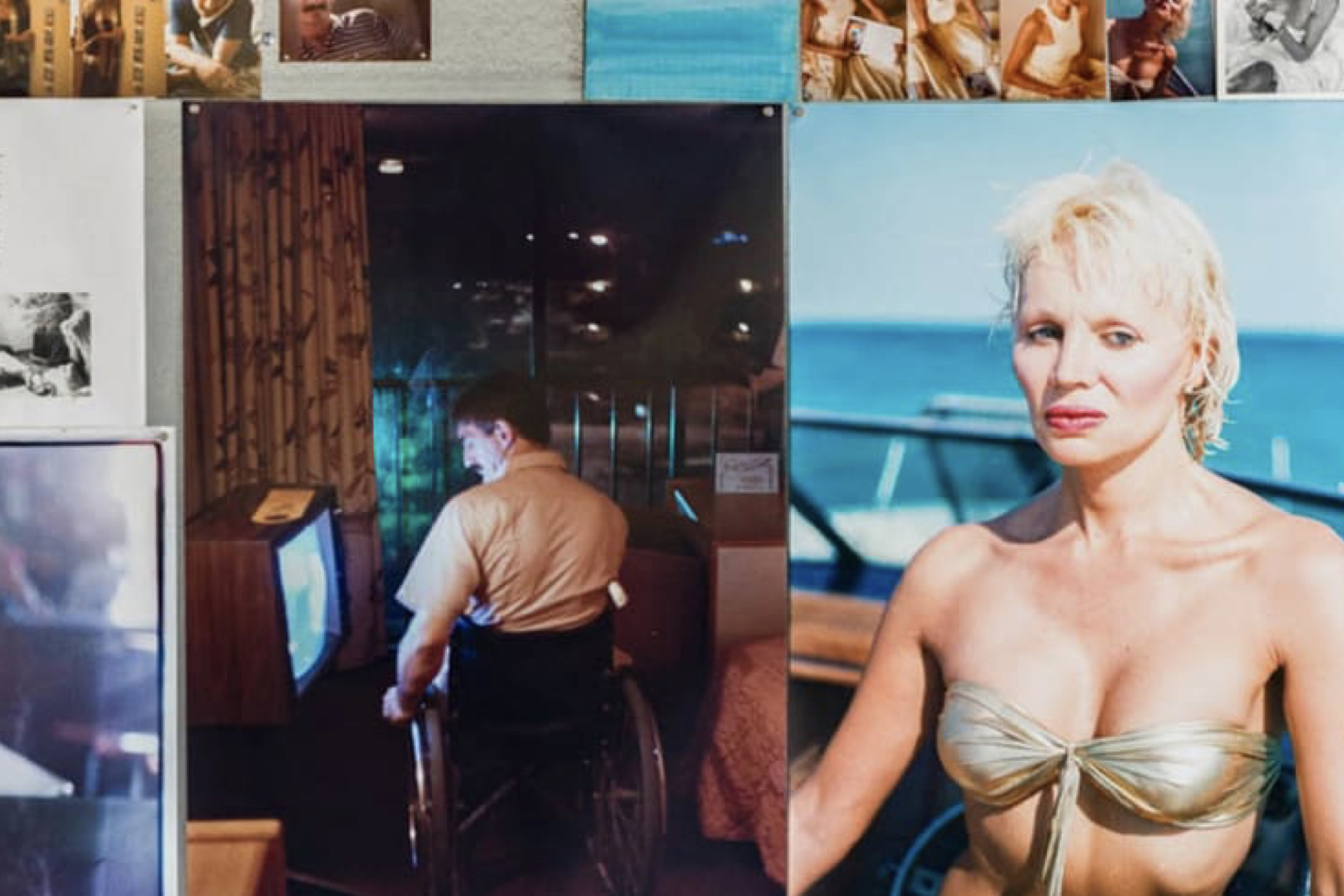Photography: Miguel Peña @miguelpenastudios
Casting Director: Marcela Meignan @marcelamayorgameignan
Interview: Delfina Martínez Mendiberry @finita_
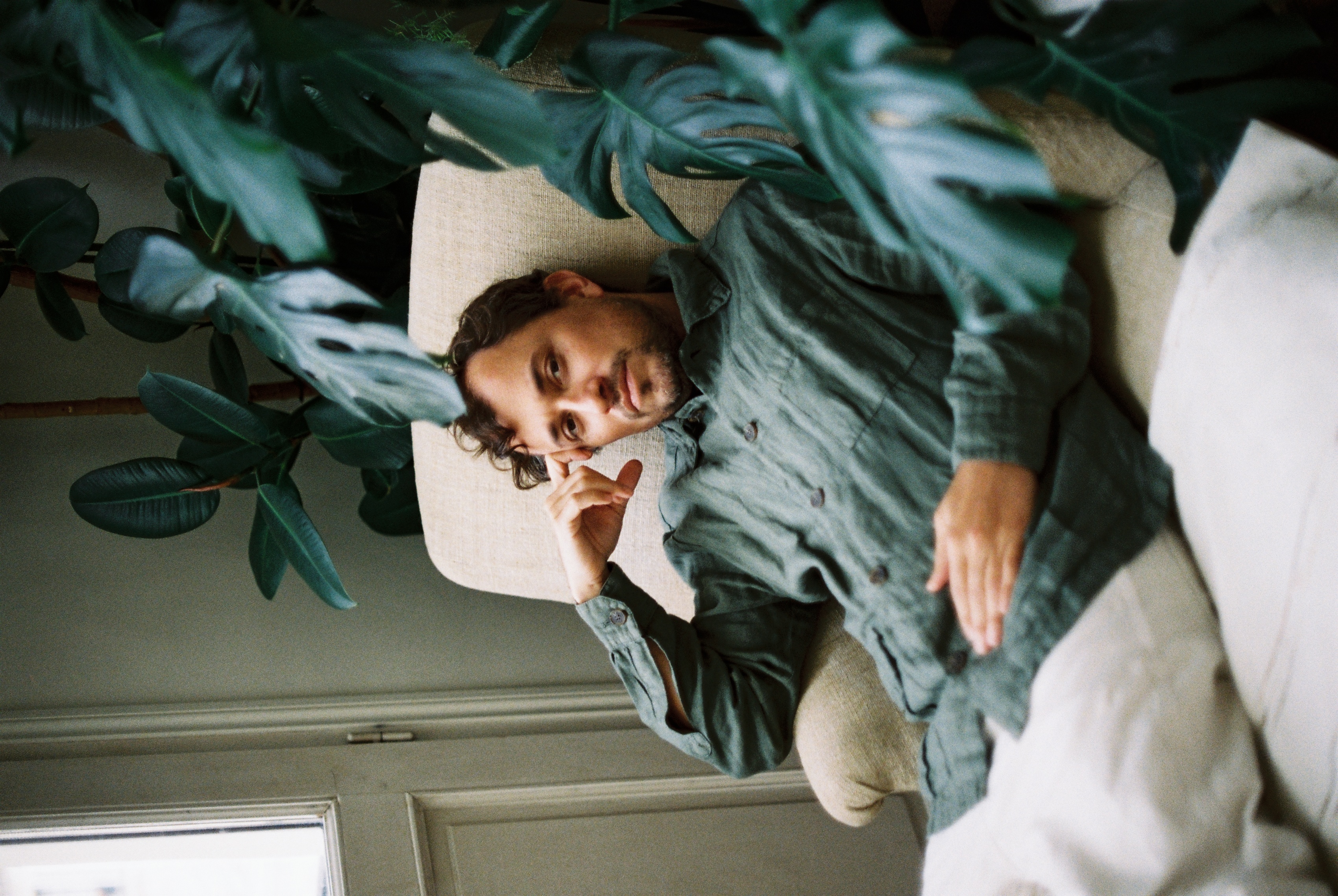
El diseñador más joven en la historia del New York Fashion Week, repasa su trayectoria, sus inspiraciones y su visión sobre la moda, no solo como un lenguaje estético, sino como un espacio de emociones, historias y conexiones. Entre el Caribe, Miami, París y el mar Mediterráneo, su esencia es un collage de influencias donde el arte, la música y la vida misma se mezclan en cada una de sus creaciones. Más allá del talento, su historia es la de alguien que aprendió a navegar la industria con intuición y autenticidad, enfrentando la inmediatez y abrazando el proceso.
¿Cómo te presentarías ante alguien que no te conoce?
Uy, eso siempre es tan difícil. Depende de si me estoy presentando en lo personal o en lo profesional. Pero mezclando ambos, soy Esteban Cortázar, diseñador de moda con más de 20 años en la industria. Nací en Colombia, me crié en Miami, después fui a Nueva York y después me vine para París. Vengo de una familia de artistas, con raíces en distintas partes del mundo. Entonces tanto mi vida como mi familia somos muy multiculturales. Soy un chico con un espíritu muy bueno y muy libre. Creo que mi propósito en la vida es traer buena energía y alegría al mundo, hacer a la gente sentirse bien e inspirar a los demás de alguna manera. Me parece que lo que más disfruto es sentir que puedo inspirar a los demás a través de mi trabajo y de quien soy yo.
¿Siempre supiste que querías ser diseñador o fue sucediendo?
Un poco de los dos, porque comencé tan chiquito y tan temprano. Siempre me gustó el mundo de la moda, porque siempre hubo personas con mucho estilo alrededor mío; mi papá, mi mamá, mi abuela, la esposa de mi padre, mi abuelo por parte de mi mamá. Todos con un estilo de vida y un estilo en general, con una elegancia que siempre la noté. Creo que ese fue como el principio. Mi mamá en esa época era cantante de jazz, cantaba en bares. Siempre se vestía con vestidos muy lindos. Y yo crecí alrededor de eso. Y también, como yo quería ser actor y bailarín, estaba en muchos teatros musicales en Colombia y me metía al cuarto de los disfraces a ver cómo eran. Pero cuando me mudé a South Beach en Miami, fue que de verdad me interesó la moda. Eran los noventa, la época de Gianni Versace y las supermodelos. Era el momento para convertirse al diseño.
The youngest designer in the history of New York Fashion Week looks back on his career, his inspirations, and his vision of fashion not only as an aesthetic language, but also as a space for emotions, stories, and connections. Between the Caribbean, Miami, Paris, and the Mediterranean Sea, his essence is a collage of influences where art, music, and life itself mix in each of his creations. Beyond talent, his story is one of someone who learned to navigate the industry with intuition and authenticity, facing immediacy and embracing the process.
Are how would you present yourself to someone who doesn’t know you?
Oh, that’s always so hard. It depends on whether I’m introducing myself personally or professionally. But mixing both, I’m Esteban Cortázar, a fashion designer with over 20 years in the industry. I was born in Colombia, raised in Miami, then moved to New York and later came to Paris. I come from a family of artists with roots in different parts of the world. So both my life and my family are very multicultural. I’m a guy with a really good and very free spirit. I think my purpose in life is to bring good energy and joy into the world, make people feel good, and inspire others in some way. What I enjoy most is feeling like I can inspire others through my work and by who I am.
Did you always know you wanted to be a designer, or did it happen along the way?
A bit of both, because I started so young and so early. I always liked the fashion world, because there were always very stylish people around me—my dad, my mom, my grandmother, my father’s wife, my mom’s father. All of them had a lifestyle and a style in general, with an elegance I always noticed. I think that was the beginning. My mom at that time was a jazz singer, she sang in bars. She always wore beautiful dresses. And I grew up around that. Also, since I wanted to be an actor and dancer, I was in a lot of musical theater in Colombia and would sneak into the costume room to see how things were made. But when I moved to South Beach in Miami, that’s when I truly got into fashion. It was the nineties, the time of Gianni Versace and the supermodels. It was the moment to switch to design.
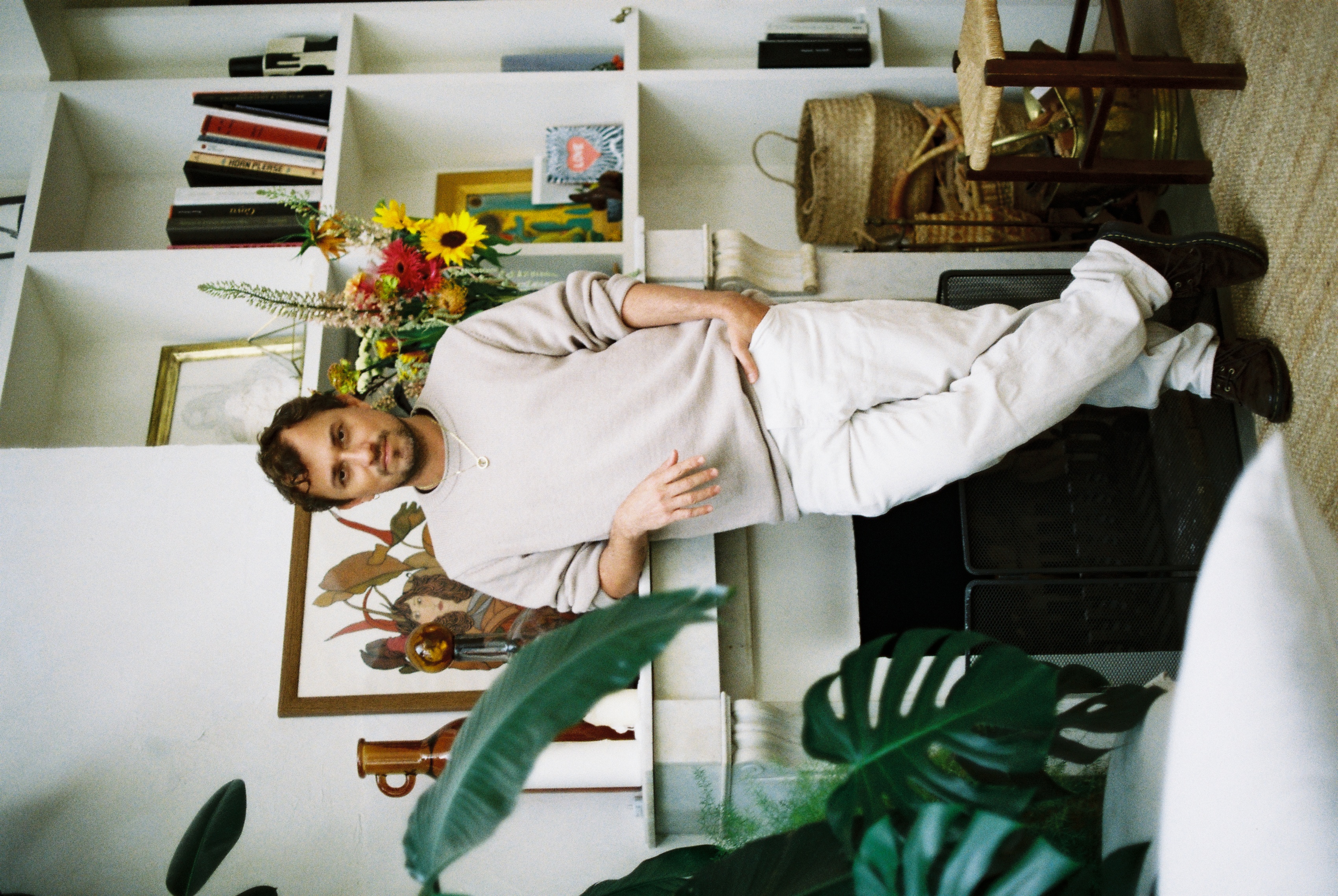
Si no fueras diseñador, ¿qué serías?
Creo que algo en un escenario. Yo creo que entre actor, bailarín o productor. O algo para producir, que tenga que ver con entretenimiento.
¿Y cómo fue este hito en tu carrera, que fue ser el diseñador más joven de New York Fashion Week? ¿Cómo llegó esa oportunidad?
A través de lo que estaba pasando en South Beach en los noventa y como yo, siendo un niño muy impulsivo, me quería expresar. Mi padre conocía a personas que estaban metidas en la escena. Vivíamos en un lugar encima de un restaurante, en News Café, donde pasaba todo. Ahí desayunaba Gianni Versace. Fui expuesto a muchas cosas que me llevaron a hacer desfiles en el colegio y hasta conocer a mi primer inversionista, que me ayudó a hacer mi primer desfile en Nueva York cuando tenía 18 años. Entonces, fue así; fue por todo ese tipo de personas que estaba conociendo en Miami. Es una mezcla entre estímulo, decisión, oportunidad y talento—también hay mucha gente que está en entornos similares y, sin embargo, no llega a eso.
Después trabajaste con Emanuel Ungaro. ¿Cómo fue esa experiencia? ¿Cómo la pasaste?
Emanuel Ungaro fue una de las mejores experiencias de mi carrera. Pues me trajo a París. Fue un poco como mi universidad, porque yo no fui a la universidad. Entonces fui a la mejor escuela que uno puede imaginarse a los 22 años. Entrar a una casa como Emanuel Ungaro me pulió el ojo, mis skills, me cambió la vida de una manera muy grande. Entonces siempre voy a acordarme de cosas muy especiales.
¿Cómo sentís que influencian las diferentes ciudades que te han marcado a la hora de tus creaciones?
Vivo en París desde el 2008. Pero sí, en los últimos cinco años estuve viajando entre Miami, Colombia, París, Londres. He estado un poco en muchas partes. Son todas ciudades muy presentes en mi vida, al igual que mis veranos en Ibiza, donde mis padres se casaron y a donde regreso cada año. He tenido la suerte de crecer en un entorno que me ha permitido vivir de esta manera. Para mí, no es que deba buscar inspiración en estos lugares, sino que forman parte de mi día a día de manera natural. Mis padres están en Cartagena, paso mucho tiempo allí, y desde siempre Ibiza ha sido un punto de referencia por ellos. Siempre creo que va a haber algo que me va a inspirar de los años 90 y en los inicios de los 2000 en lo que hago, porque es la época en la que me formé de muchas maneras. Creo que son referencias que siempre están porque tienen un poco de nostalgia para mí y me inspiran.
If you weren’t a designer, what would you be?
I think something on a stage. Either an actor, a dancer, or a producer. Or something in production, related to entertainment.
And how was that milestone in your career—being the youngest designer at New York Fashion Week? How did that opportunity come about?
It happened because of what was going on in South Beach in the nineties and how I, being such an impulsive kid, wanted to express myself. My dad knew people who were involved in the scene. We lived in a place above a restaurant, News Café, where everything happened. Gianni Versace used to have breakfast there. I was exposed to many things that led me to do fashion shows at school and even meet my first investor, who helped me do my first show in New York when I was 18. So that’s how it was: because of the people I was meeting in Miami. It’s a mix of drive, decisions, opportunity, and talent—because a lot of people grow up in similar environments, but don’t end up there.
You later worked with Emanuel Ungaro. How was that experience? How did you feel about it?
Emanuel Ungaro was one of the best experiences of my career. It brought me to Paris. It was kind of like my university, because I didn’t go to college. So I went to the best school you could imagine at 22. Entering a house like Emanuel Ungaro sharpened my eye, my skills—it changed my life in a big way. So I’ll always have very special memories about it.
How do you feel the different cities that have marked your life, influence your creations?
I’ve been living in Paris since 2008. But in the past five years, I’ve been traveling between Miami, Colombia, Paris, and London. I’ve been in many places. All of them are very present in my life, just like my summers in Ibiza, where my parents got married and where I return every year. I’ve had the luck of growing up in an environment that allowed me to live like this. For me, it’s not about having to seek inspiration in these places—they are part of my everyday life naturally. My parents are in Cartagena, I spend a lot of time there, and Ibiza has always been a reference point because of them. I always feel like there’s something from the ’90s and early 2000s that will inspire what I do, because it’s the time when I was shaped in so many ways. Those references are always there because they carry some nostalgia for me and inspire me.

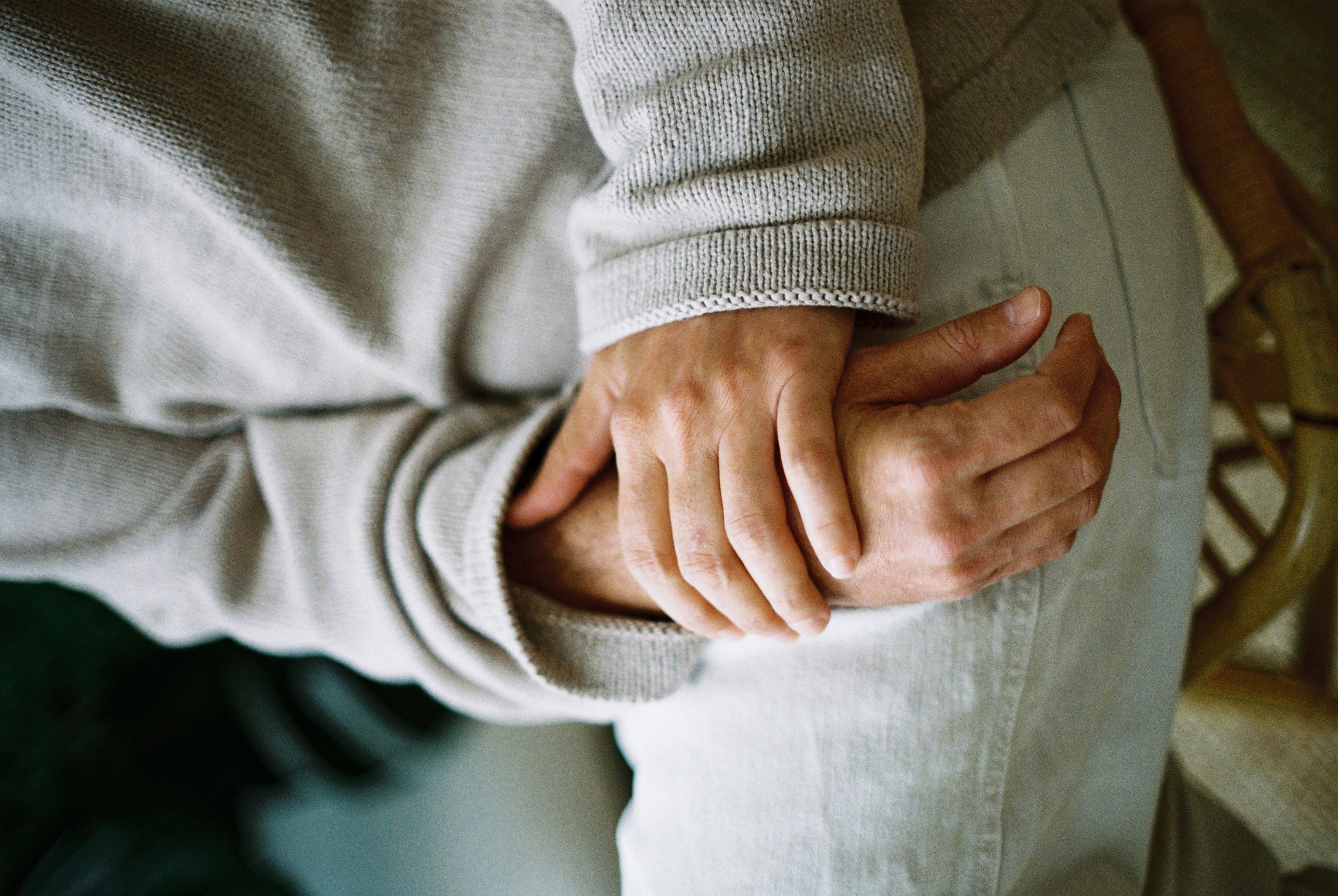
Hasta ahora tu recorrido se percibe perfecto. ¿Alguna mala experiencia que hayas tenido que atravesar?
Hubo muchas malas experiencias. La vida está llena de cosas buenas y cosas malas. No se puede conocer la luz sin conocer la oscuridad, y no se puede triunfar sin conocer cómo es no triunfar. Es el Yin y el Yang de la vida. Comencé a una súper temprana edad, he tenido diferentes socios, mi carrera pasada por diferentes fases, he tenido issues con algunos CEOs. La industria de la moda es una industria difícil y la he vivido desde que era adolescente. Ahora tengo 40 años, entiendo mucho mejor lo que me gusta, lo que no y quién soy yo. He aprendido mucho y he pasado por momentos difíciles, pero si lo veo como malas experiencias, ni tampoco solamente como aprendizajes. Claro que lo son, pero también te van enseñando el camino que es para ti. Es el destino de las cosas, te van ubicando en tu lugar.
Una pregunta más banal. ¿Cuál es el último objeto que compraste que te encantó?
No es el último objeto que compré, pero el que me regalaron. Y es esta cajita que se llama Rupi Kaur’s Writing Prompts. Tiene unas tarjetitas con preguntas y se escoge una por día. Los mensajes son tipo: “I’d like to tell my future self something”. Es para escribir, como un journal, pero con propuestas súper lindas y no tan clichés.
Recién expusiste tu facilidad de pasar de haute couture a ready to wear, ¿quién es el usuario de Esteban Cortázar? ¿Qué tienen en común tus distintos perfiles?
Son amantes de la vida, de su generosidad. Les gusta bailar, ser anfitriones con sus amigos, vivir la buena vida, el color, el Mediterráneo, el Caribe, la playa, compartir, la música. Siempre pienso en personas así, personas como yo. Mujer u hombre, pero les gusta hacer las cosas que yo hago.
¿Qué consejo le darías a los diseñadores jóvenes?
Tómenselo con calma. No todo tiene que suceder al mismo tiempo. Las cosas pueden tomar su propio rumbo poco a poco. En un mundo saturado de información y opciones, busquen sin tu voz. Dense el tiempo de hacerlo. La inmediatez en la que vivimos nos va a querer apurar rápido, como me ocurrió a mí. Pero esa velocidad también puede ser un arma de doble filo.
.JPG)
So far your journey seems perfect. Have you had to go through any bad experiences?
There were many bad experiences. Life is full of good and bad things. You can’t know the light without knowing the dark, and you can’t succeed without knowing what it’s like not to. It’s the Yin and Yang of life. I started at a very young age, I’ve had different business partners, my career went through many phases. I’ve had issues with some CEOs. The fashion industry is a tough one, and I’ve been in it since I was a teenager. I’m 40 now, and I understand much better what I like, what I don’t, and who I am. I’ve learned a lot and gone through hard times, but I don’t see them as just bad experiences, or just lessons. Of course they are, but they also guide you on the path that’s meant for you. It’s destiny placing you in the right spot.
A more trivial question. What’s the last object you bought that you loved?
It’s not the last thing I bought, but something I was gifted. It’s this little box called Rupi Kaur’s Writing Prompts. It has cards with questions, and you pick one each day. The messages are like: “I’d like to tell my future self something.” It’s for writing, like a journal, but with really lovely, not-so-cliché prompts.
You just talked about your ease switching from haute couture to ready-to-wear—who is the Esteban Cortázar user? What do your different profiles have in common?
They’re lovers of life, of its generosity. They love to dance, host friends, enjoy the good life, color, the Mediterranean, the Caribbean, the beach, sharing, music. I always think of people like that, people like me. Whether man or woman, they enjoy doing the things I do.
What advice would you give to young designers?
Take it easy. Not everything has to happen at the same time. Things can take their own course slowly. In a world saturated with information and choices, take time to find your voice. Give yourself time. The immediacy we live in pushes us to want quick success, like what happened to me. But that speed can also be a double-edged sword.
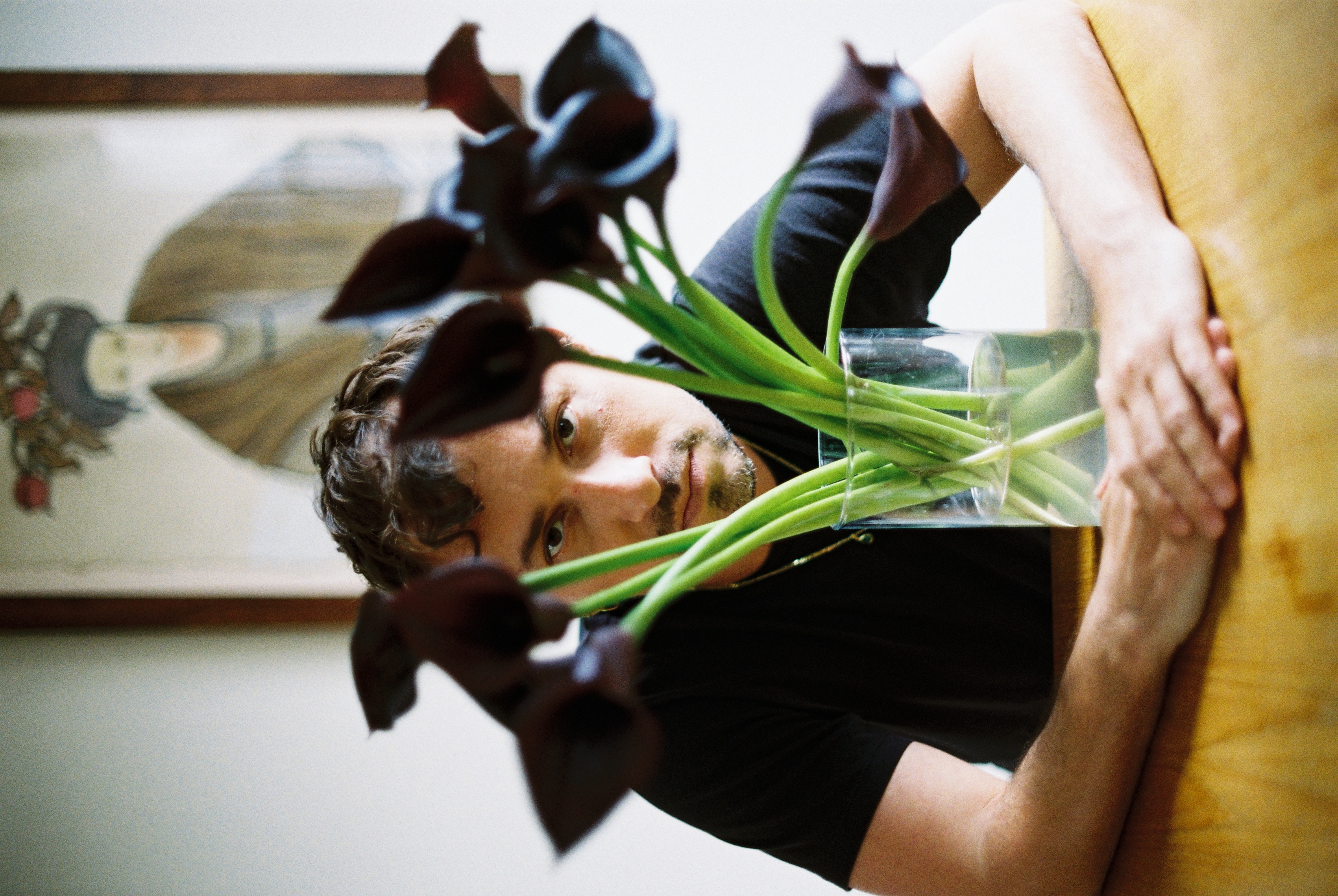
¿Qué podemos esperar próximamente de Esteban Cortázar?
En este último año he estado enfocado en un nuevo proyecto Resort que se llama “Donde Esteban”. Estoy planeando varios pop-ups en el verano y a final de año. Y siempre he estado abierto diferentes proyectos.
What can we expect next from Esteban Cortázar?
This past year I’ve been focused on a new Resort project called Donde Esteban. I’m planning several pop-ups in the summer and at the end of the year. And I’ve always been open to different projects.

.jpg)


